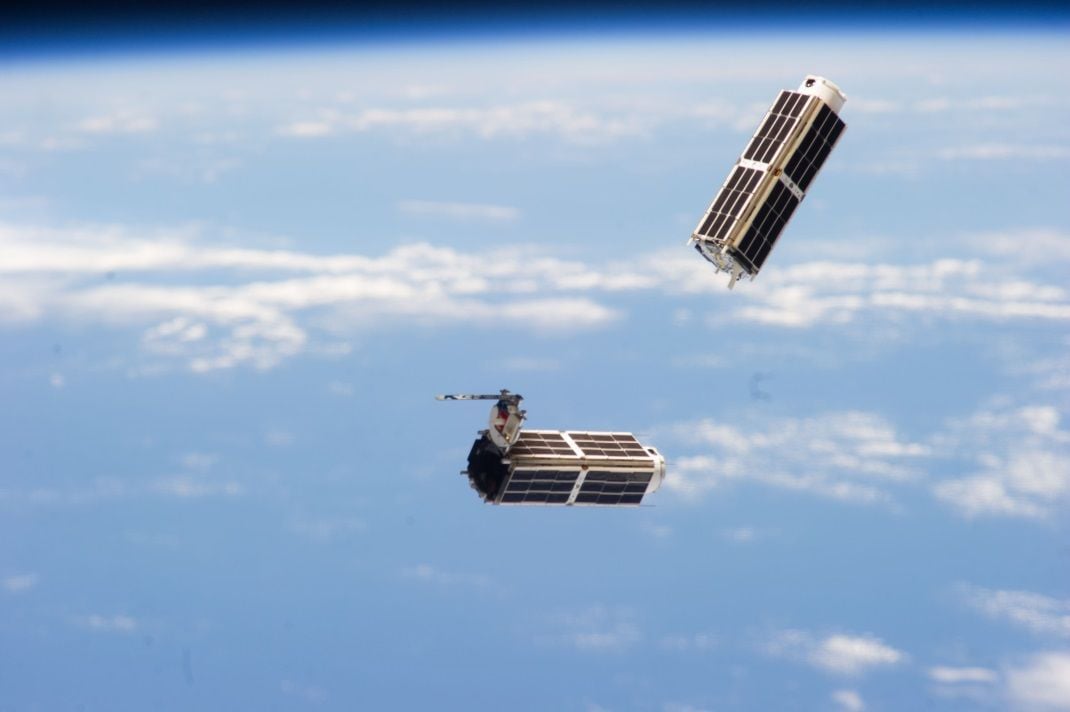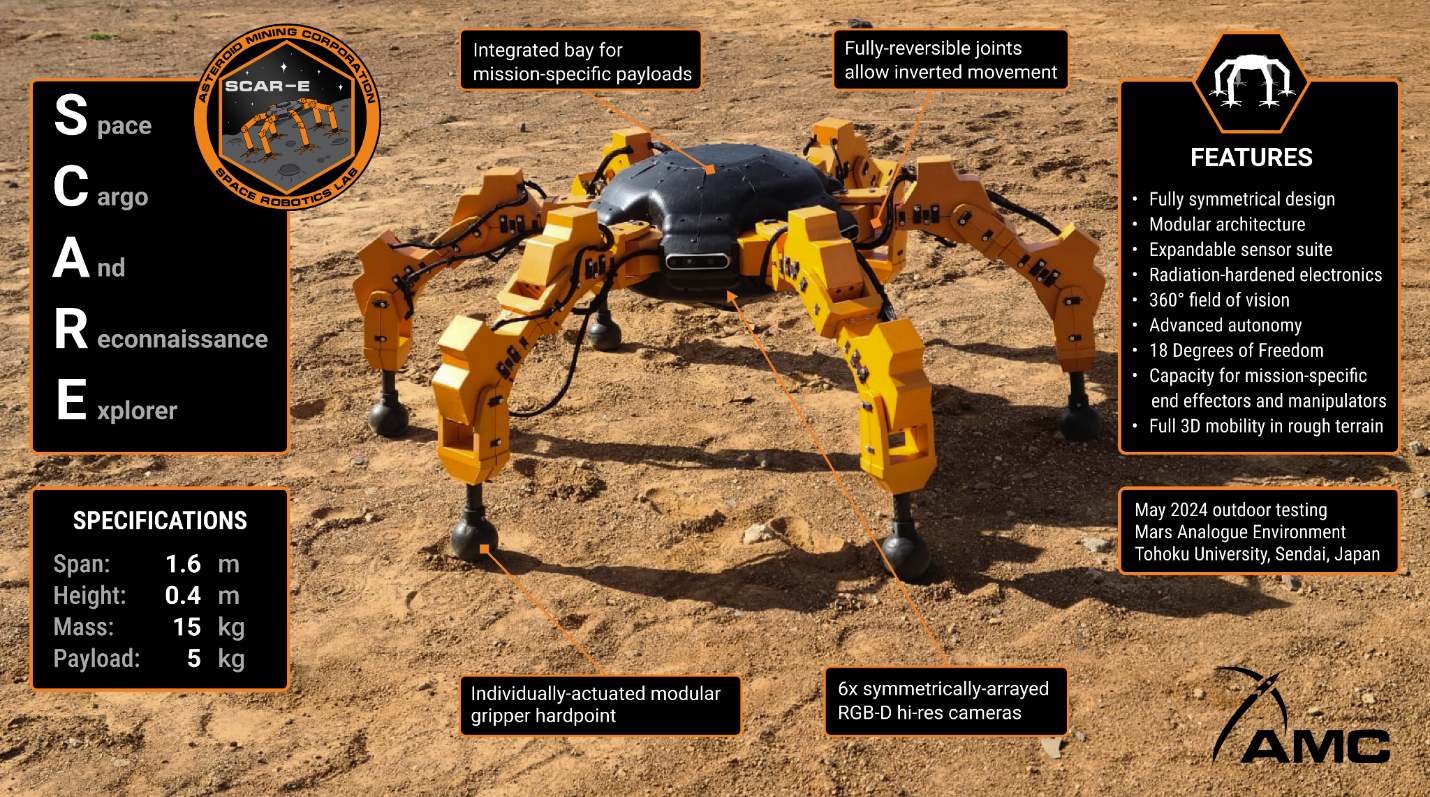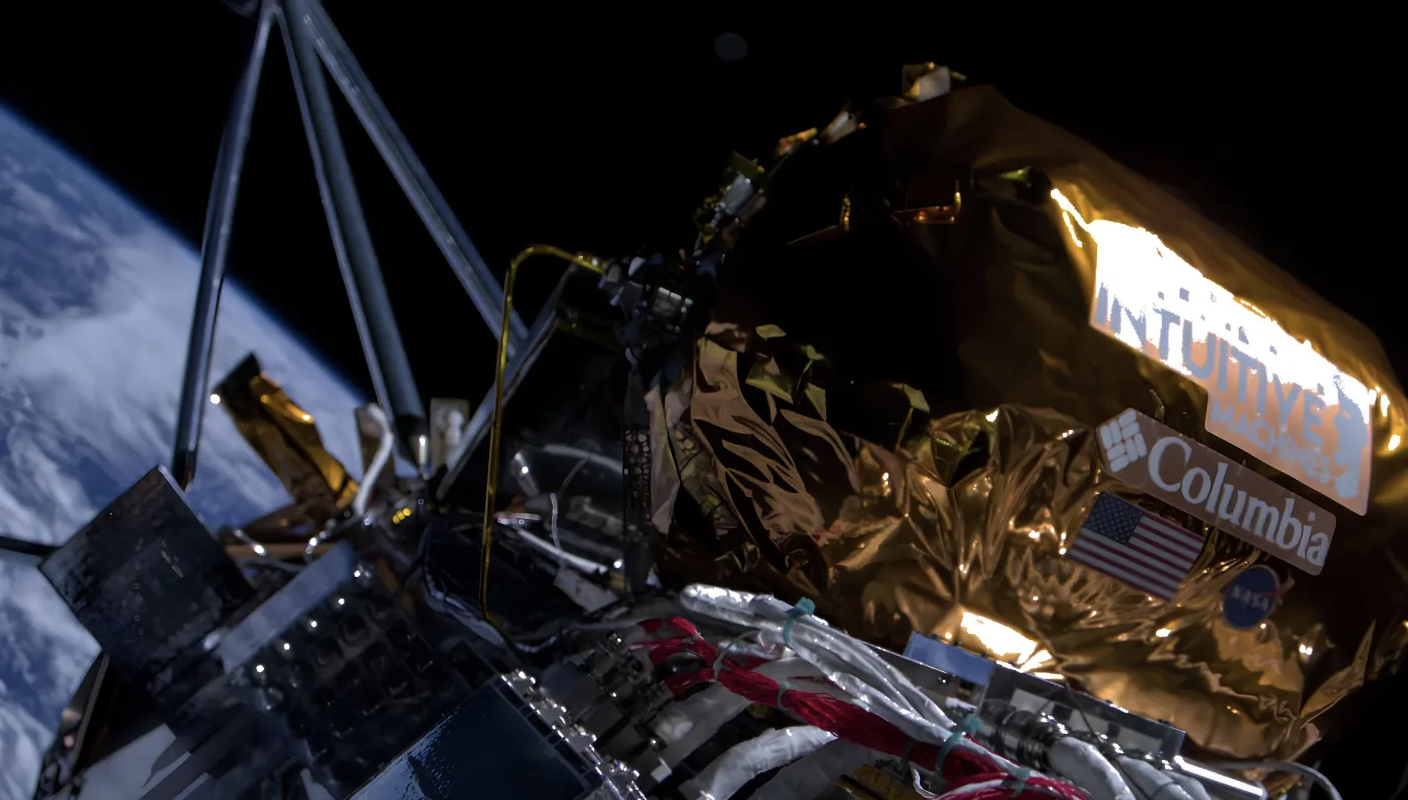marsokod
- 60 Posts
- 91 Comments

 3·1 month ago
3·1 month agoThat’s electric Vs pure gasoline only. Technically true, and it shows BEV are progressing in terms of share of cars on the road, but this is a very specific milestone that is only useful for click-baiting.

 5·2 months ago
5·2 months agoSolution numéro 4: intégrer le prix de l’amende aux voitures polluantes ? Ça fera passer une partie des ventes vers de l’électrique et donc évitera l’amende ?

 46·3 months ago
46·3 months agoThe more it goes, the more there will be pressure on the Russian forces to divert their resources there. It seems to be a relatively cheap way for Ukraine to alter the whole battlefield, fighting where they are stronger.

 22·4 months ago
22·4 months agoAround 20-25% power consumption reduction against native resolution, that’s neat.

 3·7 months ago
3·7 months agoTo complete that good answer, satellites in GEO will experience eclipses 2x21 days per year (around March and September). The eclipse duration during these periods will vary from 0 to 70minutes and then down to 0 again, with one eclipse per day, around midnight.
So your solar plant in space will work 100% of the time 320+ days a year, and will have a small down time that can be up to an hour in the middle of the night otherwise. Not perfect but actually very manageable with a little bit of storage on the ground.
Overall, the main concern with these systems is the total cost, including launch cost. It is hard to tell if it will be competitive with solar + battery on the ground.

 51·8 months ago
51·8 months agoTo do the math, an assuming constant volume, a 30C increase corresponds to around 10% increase in pressure. That’s well within the margins of the tyre even if you go to the max rated.
If you then consider deformation and most importantly leakage over several weeks, this is a non-issue.

 14·8 months ago
14·8 months agoI have been using Bookstack, I like it though it is missing a few features I would love:
- you cannot insert a video in it
- there is no possibility to comment on a particular text
- the permissions management is only done with roles. That’s fine generally but I wanted to be able to share a specific page with a specific user, and for that I had to basically create a dedicated role for this use.

 20·8 months ago
20·8 months agoYou cannot really hide it. The launch has to be public to warn airplanes and ships so they can avoid the area. And once the launch is public, such a failure is quite evident to anyone who was interested in following it, so you might has well publish the news instead of trying to hide the unhidable.

 6·8 months ago
6·8 months agoI wear slippers inside mostly to protect agains cold floor, coffee tables, and most important of all, Lego bricks on the loose.
Also another reason to wear shoes inside is when you are constantly going inside and outside. Which means then your floor is dirty… which means you want to protect your feet from the dirt. That’s a vicious cycle but can be one of the reasons.

 4·9 months ago
4·9 months agoI am not familiar with what is required for hydropony, but I would guess it requires more equipment. Plus growing them on Lunar soil means eventually you get some elements from the Lunar soil itself and do not need to have full recycling otherwise, which means you don’t have to have a fully closed cycle for this.
There is still the issue of the closed cycle for air though (which is where Mars is easier than the Moon for medium term colonies).

 11·9 months ago
11·9 months agoIt is on the Moon, it knows it can die due to decompression at any moment and we completely screw up it’s circadian cycle with 30+ days. Of course it will be anxious, no need to prove it.

 1·9 months ago
1·9 months agoLet’s see if it wakes up once the sun hits the solar panels. Hopefully the thermal conditions do not kill it by then.

 7·10 months ago
7·10 months agoI, too, have children at home.

 7·10 months ago
7·10 months agoHe should have used a 2000 y.o. equipment. Romans knew how to defeat drones: https://en.wikipedia.org/wiki/Retiarius

 31·1 year ago
31·1 year agoThis.
I don’t mind if they use the average household number in the title or header, that’s understandable. But such an article should have the actual values somewhere.

 14·1 year ago
14·1 year agoCan we? Yes. Should we do it right now? That’s debatable.
The question is how much this would cost vs getting a two weeks offline every 26 months?
These two weeks do not create any additional requirements (you already have to make sure the probes can survive for a few weeks without comms), science does not fully stops during these two weeks. And it gives an opportunity to do long duration maintenance on the ground segment.
Frankly, there is little need to spend >$100M for such relays satellites until we actually have a permanent human presence on Mars.
As heating network, they are and will be regulated like other energy suppliers: https://www.gov.uk/government/publications/energy-security-bill-factsheets/energy-security-bill-factsheet-heat-networks-regulation-and-zoning

 7·1 year ago
7·1 year agoThat will be a nice explanation when they arrive in prison.
- What are you here for?
- I stole a shitter and got caught…























There are a few things that are different from what NASA has done in the past:
SpaceX Rocket is the most powerful rocket ever, surpassing everything that NASA or anyone else has ever done.
they are landing the rockets, with the aim of being able to recover them. If you skip the technicality that SpaceX first stage is suborbital but is part of an orbital launcher, that makes SpaceX the only entity who has achieved that, with some comparison to the Space Shuttle and Buran, though both were losing significant sections of the initial launcher, with very difficult repairs once on the ground.
the cost of the launcher. In terms of capabilities, NASA’s SLS is probably close to Starship. However, it costs around $2B/launch, and nothing is recoverable. Starship is meant for low cost. It is estimated that the current hardware + propellant for a single launch is under $100M. With reusability, a cost per launch under $10M is achievable in the mid term (10 years I would say) once the R&D has been paid ($1.4B/year at the moment, I would guess the whole development for Starship will be $10-20B, so same if not less than SLS).
the aim for high speed reusability - SpaceX aim is to launch as much as possible, as fast as possible, with the same hardware. While it is a bit early to understand how successful they will be (Elon was saying a launch every 1hr, which seem to be very optimistic, I would bet 6-12hrs to be more achievable). That was NASA’s original goal for the Space Shuttle, and they failed that.
finally, orbital refueling means you have a single vehicle that can basically go anywhere in the inner solar system without much issues, and minimal cost.
Also, what gets people excited are the prospects of what this enables. A 10-100x decrease in the access to orbit changes completely the space economics and opens a lot of possibilities. This means going to the Moon is a lot simpler because now you don’t need to reduce the mass of everything. This makes engineering way easier as you do not need to optimise everything to death, which tends to increase costs exponentially. And as for Mars, Starship is what makes having a meaningful colony there possible. Doing an Apollo like mission on Mars would have been possible for decades, but at a significant price for not much to show for. With cheap launch, you can just keep sending hardware there.